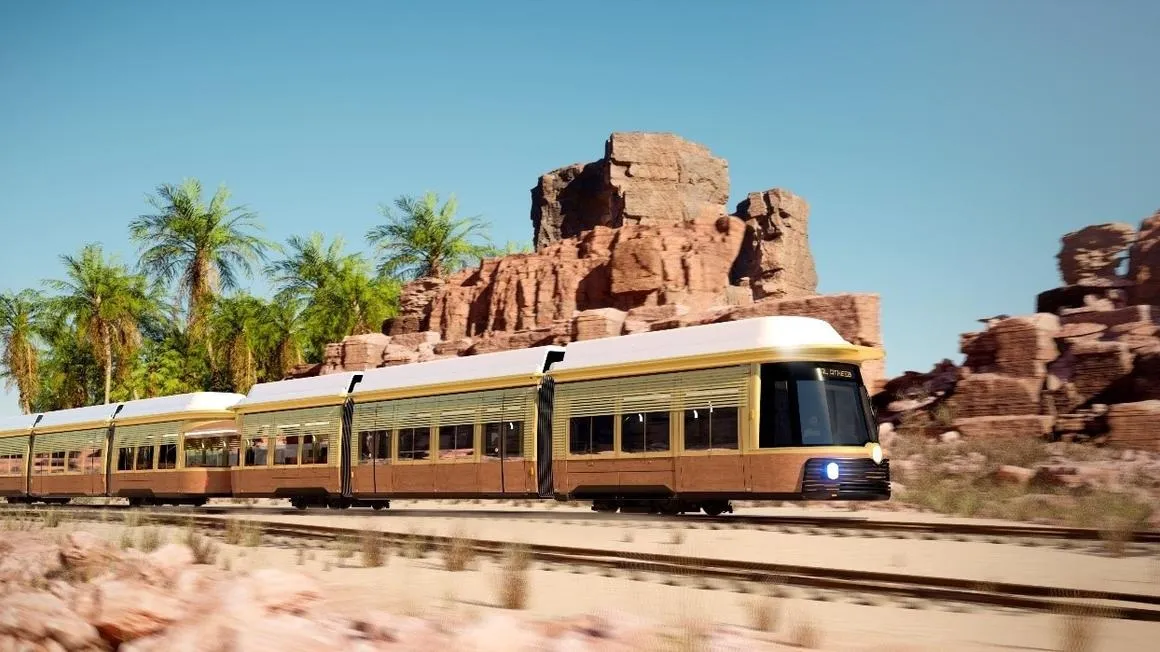Blackpool’s revamped tramway system is proving popular than ever, with ticket sales showing that five million journeys have been recorded so far since April 2016, building on the increases in passenger journeys since the tramway re-opened in 2012 and topping the five million passengers mark for the first time since 1994.
The news comes as work progresses to extend the tramway from the promenade up to Blackpool North train station.
Not only are more people using the tram network, but passenger satisfaction is also up; according to the latest figures by the Department for Transport, 96 per cent of people surveyed saying they enjoyed the experience.
The 11 mile tramway runs from Starr Gate in Blackpool up to Fleetwood Ferry, operating a service every ten minutes during the summer season.
It re-opened in 2012 following a major replacement of the track, creation of a new tram depot and arrival of 16 new Flexity2 trams. The new trams have level boarding, making them accessible for all disabled users, allowing for faster journey times and a more energy efficient service.
Blackpool tramway reaches five million passengers
Blackpool’s revamped tramway system is proving popular than ever, with ticket sales showing that five million journeys have been recorded so far since April 2016, building on the increases in passenger journeys since the tramway re-opened in 2012 and topping the five million passengers mark for the first time since 1994.
March 2, 2017
Read time: 1 min









